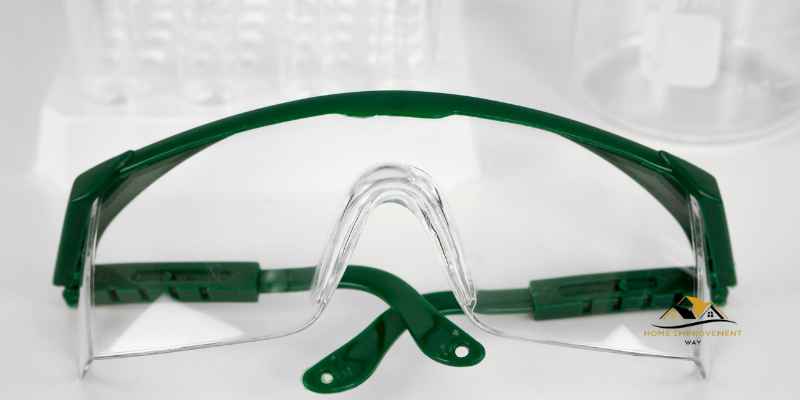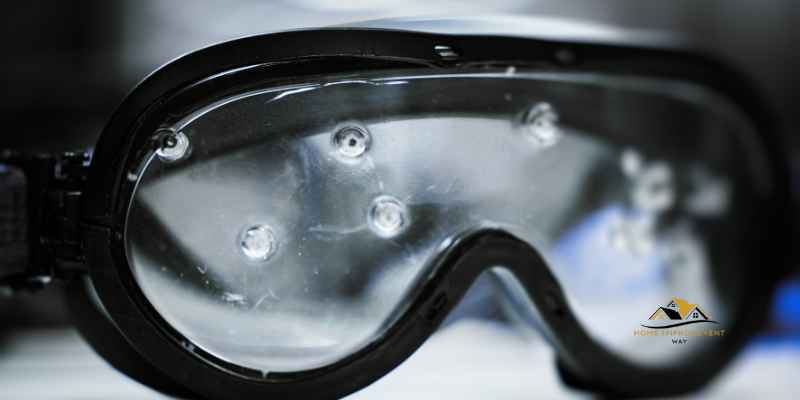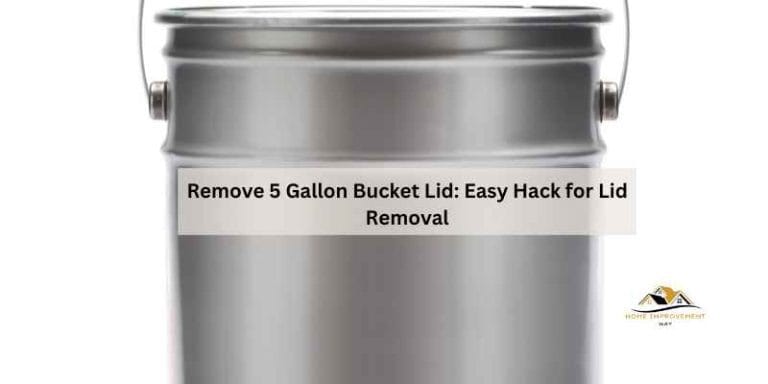Safety Goggles Vs Glasses: Which Is Safer?
Safety goggles offer complete protection around the eye, while safety glasses may only offer protection around the front and sides. When it comes to eye protection, the choice between safety goggles and glasses depends on the specific hazard involved.
Safety goggles are the preferred option for high-velocity impact, chemical cleaning, hazardous chemical use, and high dust environments, while safety glasses are suitable for protection from high impact but do not provide complete eye protection from all elements in the air.
It’s important to select the correct type of eye protection based on the hazard review of the work being performed, as specific eyewear must be listed in the written lab safety protocol. Understanding the differences between safety goggles and safety glasses is crucial for ensuring appropriate protection in various work environments.
Protection Level
When it comes to eye protection, safety goggles offer complete protection around the eye while safety glasses may only protect the front and sides. Safety goggles are preferred for high hazard activities such as chemical cleaning, hazardous chemical use, and high dust environments.
Safety Goggles Offer Complete Protection
Safety goggles provide full coverage around the eyes, offering protection against various hazards such as chemicals, flying debris, and liquids.
Safety Glasses Offer Limited Protection
Safety glasses typically only cover the front and sides of the eyes, leaving the top and bottom areas exposed to potential risks.
Difference

Safety goggles and safety glasses both provide eye protection, but they have distinct differences in their design, sealing capability, and protection against different types of hazards. Understanding these differences is crucial for choosing the right eye protection for specific tasks and environments.
Design And Appearance
Safety goggles are designed to fit tightly against the face, providing a secure seal around the eyes. They often have a wrap-around design, covering the eyes from all angles and offering protection against airborne particles, dust, and splashes. On the other hand, safety glasses have a more open design, with side shields to protect the eyes from frontal and side impacts. They are typically lighter and more comfortable for extended wear.
Sealing Capability
The sealing capability of safety goggles is superior to safety glasses. Goggles create a tight seal around the eyes, minimizing the risk of hazardous materials reaching the eyes from any angle. This makes safety goggles ideal for tasks involving chemical splashes, airborne particles, and high dust environments. Safety glasses, while offering frontal and side protection, may not provide the same level of sealing against airborne hazards.
Types Of Hazards
Safety goggles are suitable for a wider range of hazards, including chemical handling, laboratory work, and high-dust environments. Their tight seal and full coverage provide comprehensive protection against various airborne and liquid hazards. Safety glasses are more commonly used for tasks involving high-impact risks, such as construction or manufacturing, where frontal and side protection is crucial but sealing against airborne particles may be less critical.
Can Eyeglasses Be Used?
When it comes to eye protection, many individuals wonder if their regular eyeglasses can serve as a substitute for safety goggles. Let’s delve into this topic to understand the crucial differences and the potential risks associated with using eyeglasses in place of safety goggles.
Eyeglasses Are Not Safety Glasses
Using regular eyeglasses as a replacement for safety goggles is not recommended. Safety glasses are specifically designed and tested to meet certain safety standards, providing a higher level of protection compared to standard eyeglasses. The construction and materials of safety glasses are engineered to withstand impact and offer comprehensive eye protection, which regular eyeglasses may not provide.
Risk Of Eye Injuries
Wearing regular eyeglasses in hazardous environments or during activities that pose a risk of eye injuries can lead to serious consequences. Eyeglasses lack the necessary features, such as side shields and impact resistance, which are crucial for safeguarding the eyes from potential hazards. This increases the vulnerability to eye injuries when using eyeglasses instead of safety goggles, making it imperative to prioritize the use of proper eye protection equipment.
Choosing Eye Protection
- Fit and Comfort
- Level of Protection
- Durability
Hazards To Protect Against
- Chemical Splashes
- High-Impact Debris
- Dust and Particles
When choosing between safety goggles and glasses, it is essential to consider factors such as fit, comfort, and the level of protection they offer. Safety goggles provide complete eye protection by sealing around the eyes, while safety glasses mainly protect the front and sides, leaving the top exposed.
For different hazards like chemical splashes, high-impact debris, and dust, safety goggles are more effective as they create a tight seal against the face, safeguarding against various risks.

Frequently Asked Questions
Are Safety Goggles Or Glasses Better?
Safety goggles provide complete eye protection, while safety glasses may only protect the front and sides. Goggles are better for high-risk environments.
Can Normal Eyeglasses Be Worn Instead Of Safety Goggles?
Regular eyeglasses are not a substitute for safety goggles because they do not provide adequate protection.
Why Are Eye Goggles Better Than Safety Glasses?
Safety goggles provide complete eye protection with shields, while safety glasses offer limited coverage.
Do Eyeglasses Provide As Much Protection As Safety Goggles?
Eyeglasses do not provide as much protection as safety goggles because they are not designed for hazardous circumstances. Safety goggles offer full eye protection, while glasses may only protect the front and sides. It is important to use the correct eyewear for the specific hazards.
Conclusion
The choice between safety goggles and glasses depends on the level of protection needed. Safety goggles provide complete eye coverage, while glasses offer front and side protection. Consider the specific hazards you face to select the most appropriate eye protection.
Stay safe!







